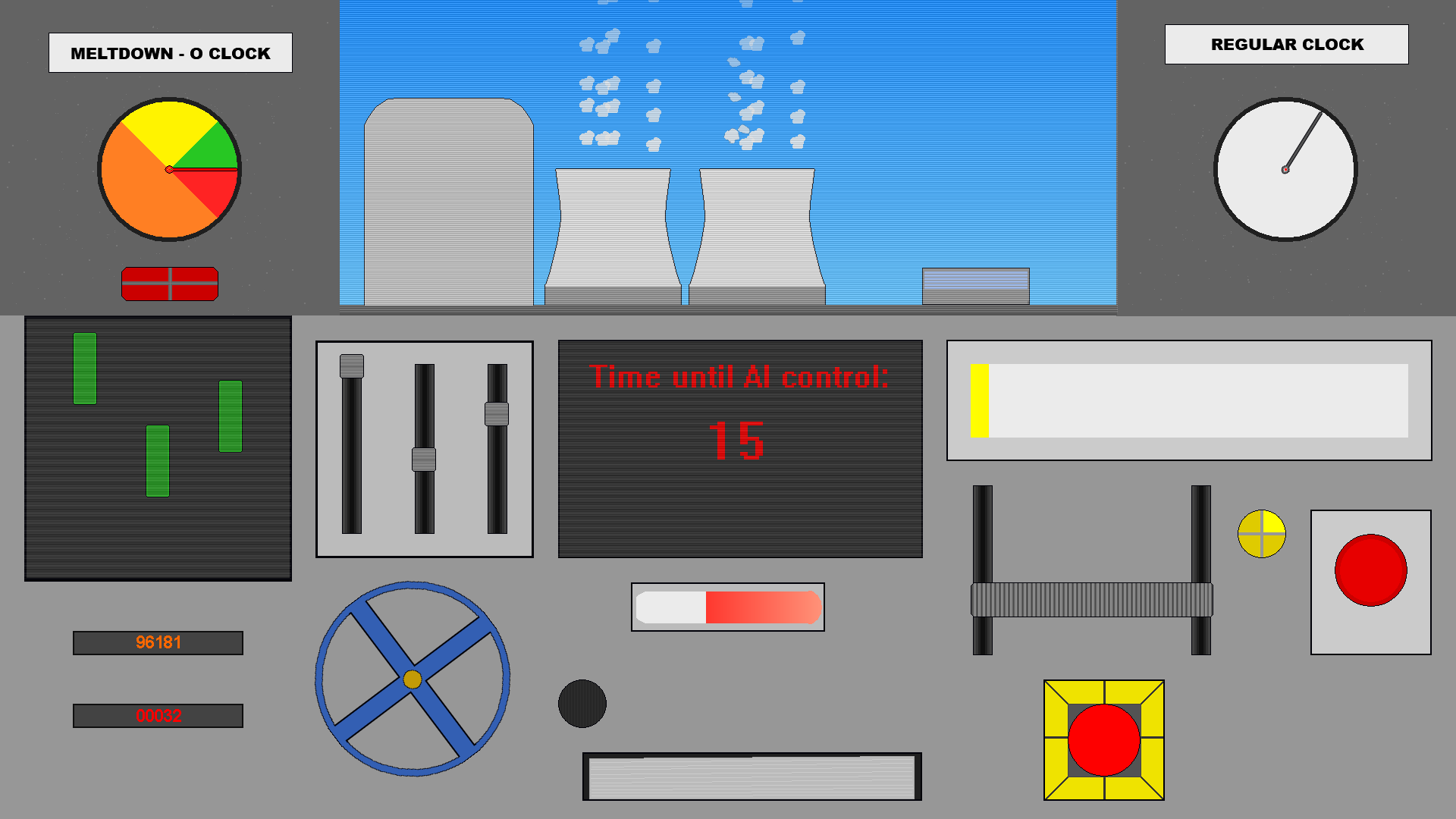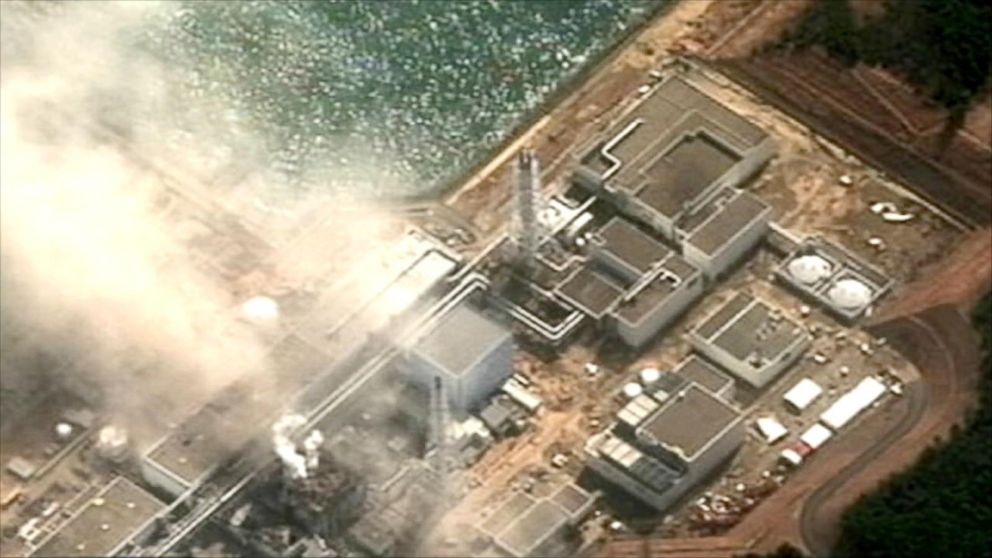

During intense fighting one of the site’s buildings caught fire, but didn’t harm the plant’s six reactors, and no radiation was released. On March 4, Russian forces captured Europe’s largest active nuclear-power plant, Zaporizhzhia, located in southeastern Ukraine. Ukraine’s active nuclear-power facilities are also at risk. Nuclear Plant CapturedĬhornobyl isn’t the only concern. Grossi says radioactivity levels at Chornobyl have returned to “normal” after the “very, very dangerous” Russian occupation of the site. On April 26 Rafael Mariano Grossi, director general of the IAEA, and a team of agency experts arrived in Chornobyl “to conduct nuclear safety, security and radiological assessments, deliver vital equipment and repair the agency’s remote safeguards monitoring systems,” according to a statement from the agency. Those actions may have further disturbed radioactive material in the soil and plants. Ukrainian officials released footage, recorded since Russia’s withdrawal, which appears to show that Russian troops had built trenches and other fortifications in parts of the exclusion zone. Olga Kosharna, a member of the Ukraine Nuclear Society, urged experts to create an updated map of radioactive contamination in the Chornobyl Exclusion Zone and to restrict movement in the area. “The most dangerous thing is that they can bring radioactive particles in their hair, in their clothes and their boots,” he says. Ozharovsky, who was one of the first to raise an alarm about the recent spike at Chornobyl, said he’s concerned that radioactive dust from the site could spread across the continent. The IAEA said the rise wasn’t enough to pose a public health hazard. Sensors put in place by the Ukrainian Ecocentre in case of an accident reported a spike in radiation levels shortly after the capture, likely due to Russian military vehicles stirring up radiation in the environment. Photo: Vadim Mouchkin / IAEA (CC BY-SA 2.0) Aerial view Chornobyl nuclear power plant with sarcophagus. It was in their control until they withdrew from the site on March 31.Īlthough Chornobyl is not an active nuclear power plant, the massive cap covering the reactor that exploded decades ago still needs to be maintained to prevent further radiation leakage. The Chornobyl Nuclear Power Plant and the 20-mile exclusion zone around it, set up to limit further spread of radioactive material following the 1986 disaster, were captured by Russian forces on Feb. But wartime is far from normal conditions, and experts warn that Russian military action poses numerous threats to these facilities.Īndrey Ozharovsky, a Russian engineer turned anti-nuclear activist, said Ukraine’s nuclear infrastructure is “quite vulnerable” to the chaos surrounding military attacks. The country’s 15 nuclear reactors, housed in four power plants, have layers of safeguards to prevent core meltdowns like the one that happened in 1986, when Chornobyl was part of the Soviet Union. Ukraine is the first country with such a large and established nuclear energy program to experience war, according to the International Atomic Energy Agency.

Nuclear reactors generate more than half of the country’s power. Now, 36 years later and with war raging, Ukraine is desperate to prevent another nuclear disaster. The event, and emergency cleanup that followed, left 30 workers dead, thousands exposed to cancer-causing nuclear material, and a legacy of radiation. It took less than a minute after an unexpected power surge for one of the nuclear reactors at Chornobyl (Chernobyl in the Russian spelling) to explode on April 26, 1986, ripping the roof off and spewing dangerous chemicals into the air.


 0 kommentar(er)
0 kommentar(er)
